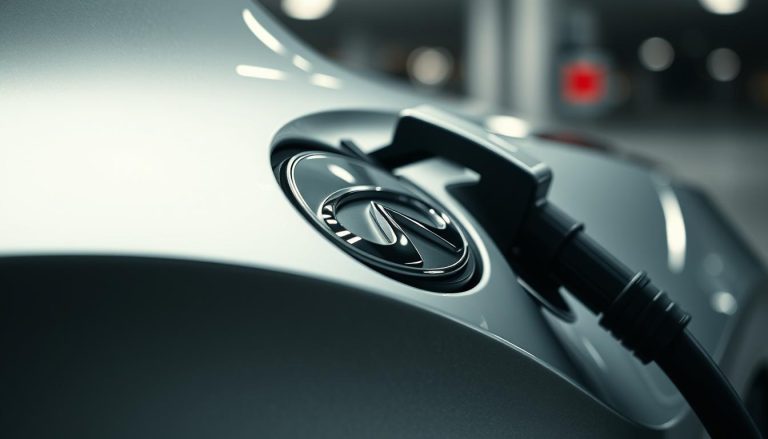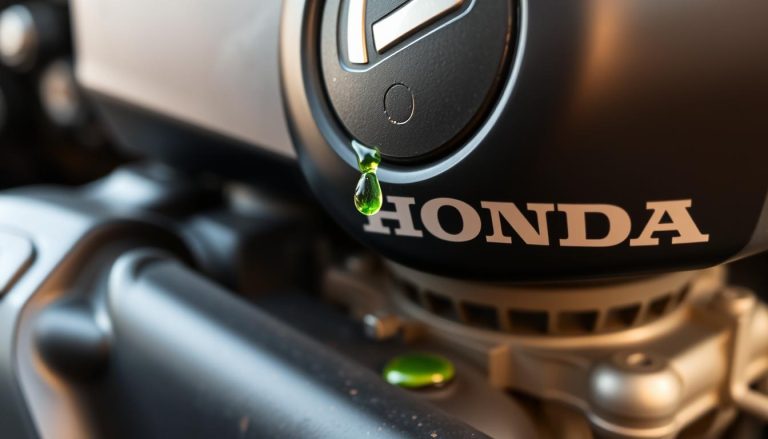The brake and battery lights coming on could indicate issues with your charging system or battery. This warning should not be ignored.
When these lights illuminate, it signals a problem that requires immediate attention to avoid more extensive damage and ensure your safety on the road. The brake light typically indicates low brake fluid, worn brake pads, or a malfunction in the braking system.
On the other hand, the battery light may suggest a failing alternator, a loose or corroded battery connection, or a weak battery that needs replacing. Ignoring these warnings can lead to brake failure or a stalled vehicle. It is essential to address the underlying causes promptly by seeking professional assistance to diagnose and fix the issue efficiently. By taking action swiftly, you can prevent more significant problems and maintain your vehicle’s performance and safety.
Common Causes
Common Causes: If your brake and battery light is on, it could be due to a faulty alternator. This can lead to low battery voltage, causing both lights to turn on. A malfunctioning alternator fails to charge the battery, resulting in a low voltage condition. This can also be caused by a worn-out belt or a loose connection. Another reason for the lights could be a low battery voltage, indicating a weak or failing battery. It’s essential to address these issues promptly to prevent further damage to your vehicle and ensure your safety while driving.
Diagnostic Steps
If your brake and battery light is on, diagnostic steps should include checking the brake fluid level, inspecting the battery connections, and testing the alternator. These common issues can help determine the root cause of the problem.
| Diagnostic Steps: |
| – Check Battery Connections |
| – Test Alternator Output |
Potential Risks
Potential Risks: Having the brake and battery light on can indicate potential risks that should not be ignored. One of the risks is complete battery drain. When the battery light is on, it means that your vehicle’s charging system is not functioning properly, which can lead to the battery draining completely. This can leave you stranded on the road with a non-starting vehicle. Another risk is brake system failure. The brake light being on can indicate issues with the brake system, such as low brake fluid or worn brake pads. Brake system failure can result in reduced stopping power, increasing the risk of accidents. It is important to address these risks promptly and have your vehicle inspected by a qualified mechanic to ensure your safety on the road.
Preventive Measures
Regular battery check-ups are essential to prevent your brake and battery light from coming on unexpectedly. A worn-out or faulty battery can put a strain on your vehicle’s electrical system, leading to a variety of issues, including the activation of warning lights. By having your battery inspected regularly, you can ensure that it is functioning properly and does not pose a risk to your vehicle’s overall health. Timely brake maintenance is also crucial in preventing warning lights from illuminating. Regular brake inspections and maintenance, including brake pad replacements and fluid checks, can help detect and resolve any issues before they become major problems. Taking these preventive measures can help you avoid frustrating situations and costly repairs in the future.
Professional Help
If you’re wondering why your brake and battery lights are on, seeking professional help is crucial. Experts can diagnose the issue accurately and provide the necessary repairs to keep your vehicle safe on the road. Trusting a skilled mechanic ensures peace of mind and a quick resolution to the problem.
| Professional Help |
| Seeking Mechanic Assistance |
| Use diagnostic tools to troubleshoot brake and battery light issues. |
| Expert evaluation crucial for accurate diagnosis and timely resolution. |
Frequently Asked Questions On Why Is My Brake And Battery Light On
Why Would The Brake Light And Battery Light Come On At The Same Time?
The brake light and battery light can come on at the same time due to a faulty alternator or a loose or damaged connection in the electrical system. This can lead to insufficient power being supplied to the brake system and a low battery charge.
It is important to have these issues addressed by a professional mechanic to ensure safe operation of the vehicle.
How Long Can You Drive With Brake And Battery Light On?
Driving with brake and battery light on is unsafe. It’s recommended to stop driving immediately and seek professional help. Continuing to drive can lead to brake failure or draining the battery.
Why Is My Battery And Brake Light On After Changing Alternator?
The battery and brake light may be on due to a faulty alternator installation. Check the connections and wiring for any issues. It’s important to ensure the alternator is compatible and properly installed to resolve the problem.
Can A Faulty Brake Light Switch Drain Battery?
Yes, a faulty brake light switch can drain the battery by keeping the brake lights on, leading to battery drainage. Make sure to have your brake light switch inspected if you experience battery drain issues.
Why Are My Brake And Battery Lights On?
Your brake and battery lights may indicate a problem with your charging system or a worn-out brake system.
Conclusion
If your brake and battery light is on, it could indicate various issues. Don’t ignore these warnings as they can point to serious problems with your vehicle. Consulting a professional mechanic for a thorough inspection is the best course of action to ensure your safety on the road.
Stay informed and address the root cause promptly.


